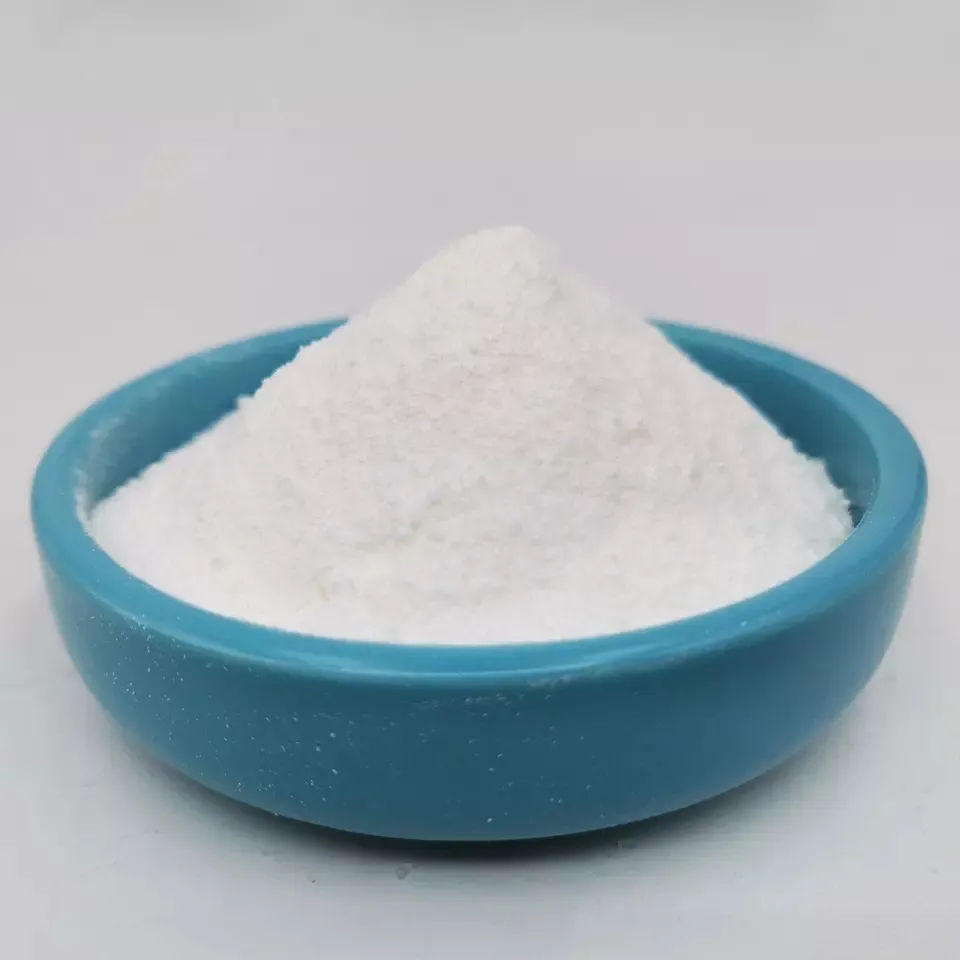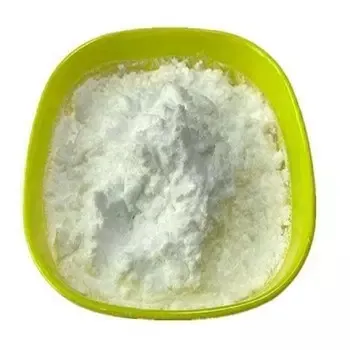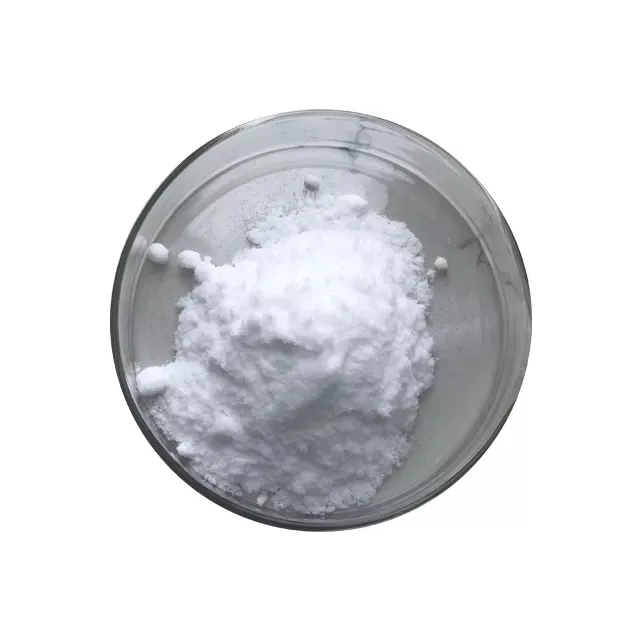Warning: Undefined array key "file" in /home/www/wwwroot/HTML/www.exportstart.com/wp-content/themes/1198/header.php on line 7
Warning: Undefined array key "title" in /home/www/wwwroot/HTML/www.exportstart.com/wp-content/themes/1198/header.php on line 7
Warning: Undefined array key "title" in /home/www/wwwroot/HTML/www.exportstart.com/wp-content/themes/1198/header.php on line 7
- Afrika
- Albania
- Amharic
- Arabic
- Armenian
- Azerbaijani
- Basque
- Belarusian
- Bengali
- Asụsụ Bosnia
- Bulgarian
- Catalan
- Cebuano
- China
- China (Taiwan)
- Corsican
- Asụsụ Croatia
- Czech
- Danish
- Dutch
- Bekee
- Esperanto
- Estonia
- Asụsụ Finnish
- French
- Onye Frisian
- Onye Galisi
- Asụsụ Georgian
- German
- Grik
- Gujarati
- Haitian Creole
- hausa
- Hawaian
- Hibru
- Mba
- Miao
- Asụsụ Hungarian
- Aislandi
- igbo
- Asụsụ Indonesian
- Irish
- Ịtali
- Japanese
- Asụsụ Javanị
- Kannada
- kazakh
- Khmer
- Onye Rwandan
- Korean
- Kurdish
- Kyrgyz
- TB
- Latịn
- Latvia
- Lithuania
- Luxembourgish
- Masedonia
- Malgashi
- Malay
- Malayalam
- Malta
- Maori
- Marathi
- Mongolian
- Myanmar
- Nepali
- Norwegian
- Norwegian
- Occitan
- Pashto
- Asụsụ Persia
- Polish
- Portuguese
- Punjabi
- Romanian
- Russian
- Samoan
- Scottish Gaelic
- Asụsụ Serbian
- Bekee
- Shona
- Sindhi
- Sinhala
- Slovak
- Slovenian
- Somali
- Spanish
- Asụsụ Sudan
- Swahili
- Swedish
- Tagalog
- Tajik
- Tamil
- Tatar
- Telugu
- Thai
- Turkish
- Turkmen
- onye Ukraine
- Urdu
- Uighur
- Uzbek
- Vietnamese
- Welsh
- Enyemaka
- Yiddish
- Yoruba
- Zulu
K-Catalyst / Montmorillonite
Montmorillonite, also known as microcrystalline kaolinite or gelinite, is a silicoaluminate consisting mainly of octahedral montmorillonite particles, named after the city of Montmorillonite, France, where it was first discovered. Montmorillonite is a very soft phyllosilicate mineral that forms microscopic crystals, called clays, when they precipitate out of aqueous solutions. Montmorillonite, a member of the Montmorillonite family, is a 2:1 clay, meaning it has two tetrahedral silica sheets sandwiched between a central octahedral alumina sheet. The particles are plat-like, with an average diameter of about 1μm and a thickness of 0.96nm.
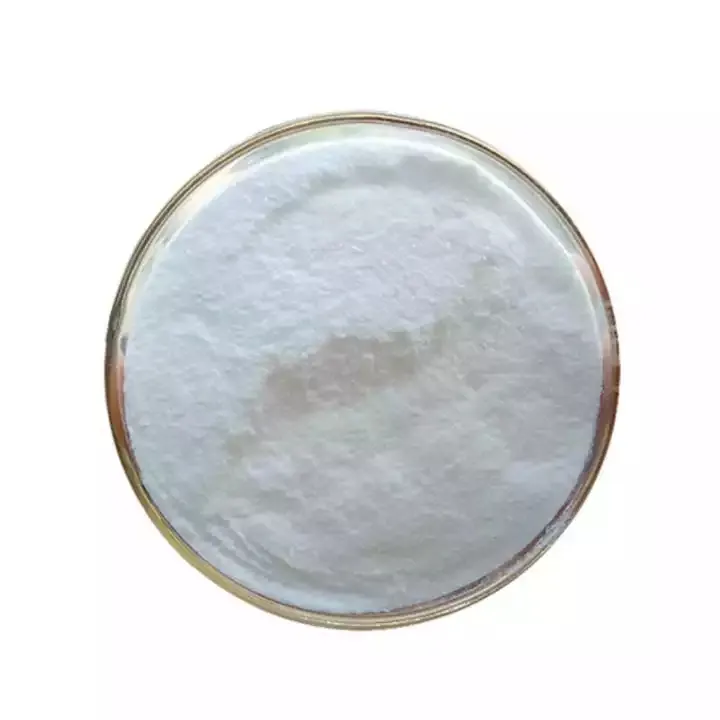
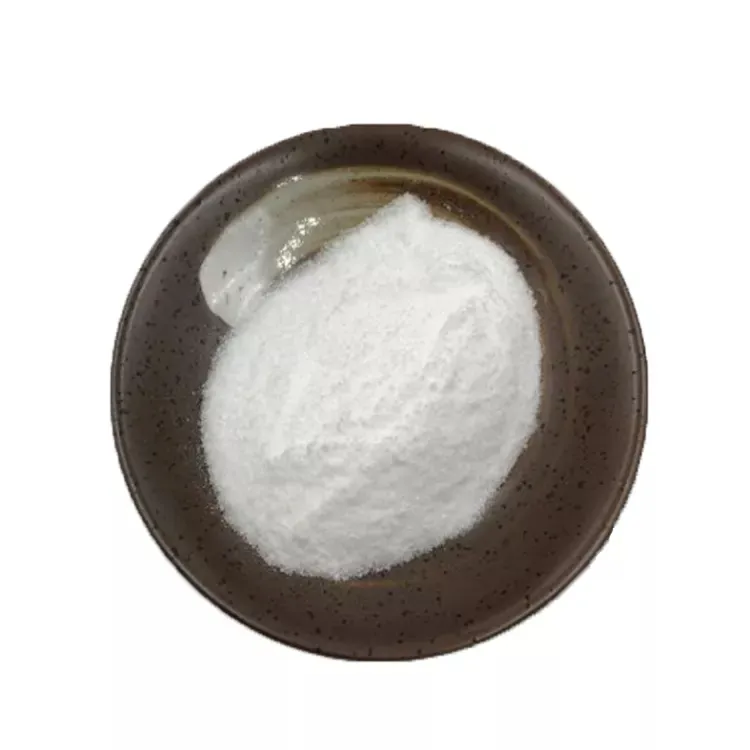
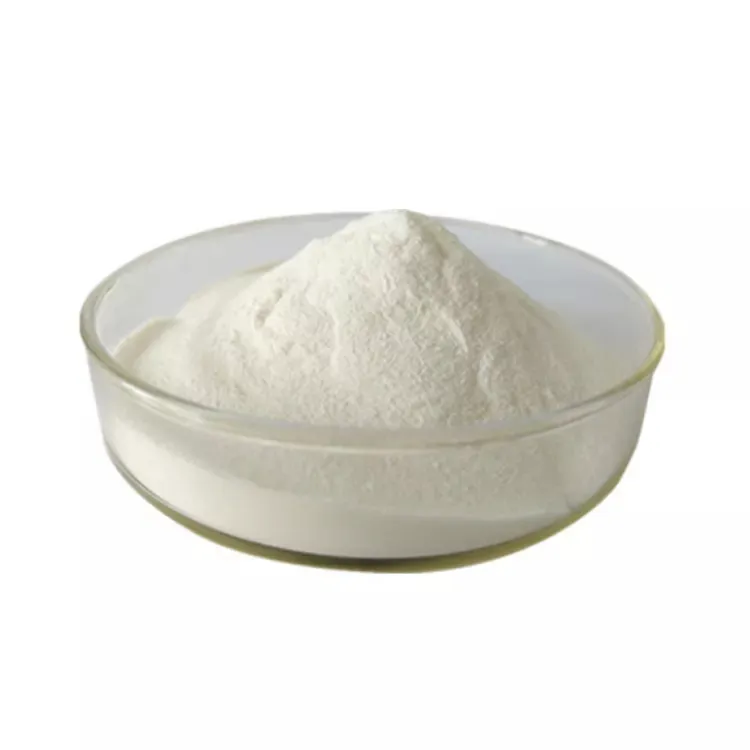

Using an electron microscope to put about 25,000 times, it is necessary to "see" individual clay particles. Members of this group include soapstone. Montmorillonite is a subclass of montmorillonite, which is a 2:1 phyllosilicate mineral characterized by an octahedral Chemicalbook charge greater than 50%. Its cation exchange capacity is due to the isomorphous substitution of Mg for Al in the central alumina plane. In this case, the substitution of lower-priced cations gives nearby oxygen atoms a net negative charge that can attract cations. In contrast, Baderite is a montmorillonite with a tetrahedral charge greater than 50%, resulting from the isomorphic substitution of Al in silica. The individual crystals of montmorillonite clay are not tightly bound, so water can intervene, causing the clay to swell. The water content of montmorillonite is variable, and its volume increases greatly when it absorbs water. Chemically, it is hydrated sodium calcium-aluminosilicate magnesium hydroxide (Na, Ca) 0.33 (Al, Mg) 2 (Si4O10) (OH) 2·nH2O. Potassium, iron, and other cations are common substitutes, and the exact proportion of cations varies from source to source. It is often mixed with chlorite, Muscovite, illite, cobalt greenstone and kaolinite.
Anyị nwere ọtụtụ ụlọ ọrụ dị elu nke nwere nkwado miri emi, nke nwere ike inye gị ngwaahịa dị elu na ọnụ ahịa asọmpi. Anyị nwekwara ike inye ego maka nnukwu ịzụrụ ihe. Anyị na-akwado ọtụtụ ụlọ ọrụ na-ebuga ibu ndị ọkachamara, nwere ike ịnapụta ngwaahịa n'enweghị nsogbu na aka gị. Oge nnyefe bụ ihe dịka ụbọchị 3-20 mgbe nkwenye nke ịkwụ ụgwọ gasịrị.
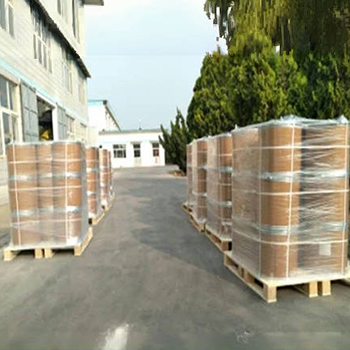



|
NGWA
|
SPECIFICATIONS
|
TEST RESULTS
|
DETERMINE
|
|
Ọdịdị
|
A white Crystalline Powder
|
A White Crystalline Powder
|
Qualified
|
|
njirimara
|
Positive
|
Positive
|
Qualified
|
|
Assay, %
|
98.0~101.0
|
98.8
|
Qualified
|
|
Specific Optical Rotation [a]D20
|
-16.0°~18.5°
|
-16.1°
|
Qualified
|
|
Moisture, %
|
≤1.0
|
0.25
|
Qualified
|
|
Ash,%
|
≤0.1
|
0.09
|
Qualified
|
|
Pb,mg/kg
|
≤2.0
|
<0.1
|
Qualified
|
|
As, mg/kg
|
≤2.0
|
<0.1
|
Qualified
|
|
Total Plate Count,cfu/g
|
≤3000
|
<1000
|
Qualified
|
|
Coli Group, cfu/g
|
≤0.3
|
<0.3
|
Qualified
|
|
Yeast&Mold ,cfu/g
|
≤50
|
10
|
Qualified
|
|
Salmonella/ 25g
|
Ihe ọjọọ
|
Ihe ọjọọ
|
Qualified
|

1. Ị bụ ụlọ ọrụ mmepụta ihe ma ọ bụ ụlọ ọrụ ịzụ ahịa?
Anyị bụ ụlọ ọrụ na-ejikọta ụlọ ọrụ na ịzụ ahịa, na-enye ọrụ nkwụsịtụ.OEM nwere ike ịnakwere.
2. Ị na-enye samples? Ọ bụ n'efu ka ọ bụ mgbakwunye?
Free samples. The sample si ibu ego kwesịrị ịkwụ ụgwọ gị n'akụkụ.
3. Ị nwere asambodo ọ bụla metụtara njikwa mma?
ISO 9001: 2008 asambodo iji hụ na ịdị mma.
4. Kedu ihe m ga-enye ka m nweta nhota okwu?
Pls na-agwa anyị ụdị ngwaahịa nke ị chọrọ, iji ọnụ ọgụgụ, adreesị na ihe ndị a chọrọ. A ga-edepụta nkwupụta maka ntinye aka gị n'oge.
5. Kedu ụdị usoro ịkwụ ụgwọ na-amasị gị? Kedu ụdị usoro anabatara?
Usoro nnyefe anabatara: FOB, CFR, CIF, EXW;
Ego ịkwụ ụgwọ anabatara: USD;
Ụdị ịkwụ ụgwọ anabatara: T/T, Western Union; Paypal, ahia ahia.
Asụsụ Asụsụ: Bekee.
Ụdị ngwaahịa
-
 Apr . 27, 2025Zibo will host the 2025 International Chemical ExpoZibo, a city known for its thriving chemical industry, will host the 2025 Zibo International Chemical Expo from May 16 to May 18, 2025. This highly anticipated event aims to bring together industry leaders, innovators and stakeholders from around the world to explore the latest advancements and trends in the chemical industry.
Apr . 27, 2025Zibo will host the 2025 International Chemical ExpoZibo, a city known for its thriving chemical industry, will host the 2025 Zibo International Chemical Expo from May 16 to May 18, 2025. This highly anticipated event aims to bring together industry leaders, innovators and stakeholders from around the world to explore the latest advancements and trends in the chemical industry. -
 Apr . 22, 20252025 Yokohama Cosmetics Raw Materials and Technology ExhibitionYOKOHAMA, Japan – The City of Yokohama is preparing to host the much-anticipated Cosmetics Ingredients & Technologies 2025 from May 14 to May 16, 2025. The premier event is expected to attract industry professionals, innovators and enthusiasts from around the world to showcase the latest advancements in cosmetic ingredients and technologies.
Apr . 22, 20252025 Yokohama Cosmetics Raw Materials and Technology ExhibitionYOKOHAMA, Japan – The City of Yokohama is preparing to host the much-anticipated Cosmetics Ingredients & Technologies 2025 from May 14 to May 16, 2025. The premier event is expected to attract industry professionals, innovators and enthusiasts from around the world to showcase the latest advancements in cosmetic ingredients and technologies. -
 Apr . 18, 20252025 India Mumbai Fine Chemicals ExhibitionMUMBAI, India – The bustling metropolis of Mumbai is gearing up to host the much-anticipated Fine Chemicals Expo on April 29-30, 2025. The premier event is expected to attract industry leaders, innovators and stakeholders from across the world to showcase the latest advancements in the fine chemicals sector.
Apr . 18, 20252025 India Mumbai Fine Chemicals ExhibitionMUMBAI, India – The bustling metropolis of Mumbai is gearing up to host the much-anticipated Fine Chemicals Expo on April 29-30, 2025. The premier event is expected to attract industry leaders, innovators and stakeholders from across the world to showcase the latest advancements in the fine chemicals sector.


